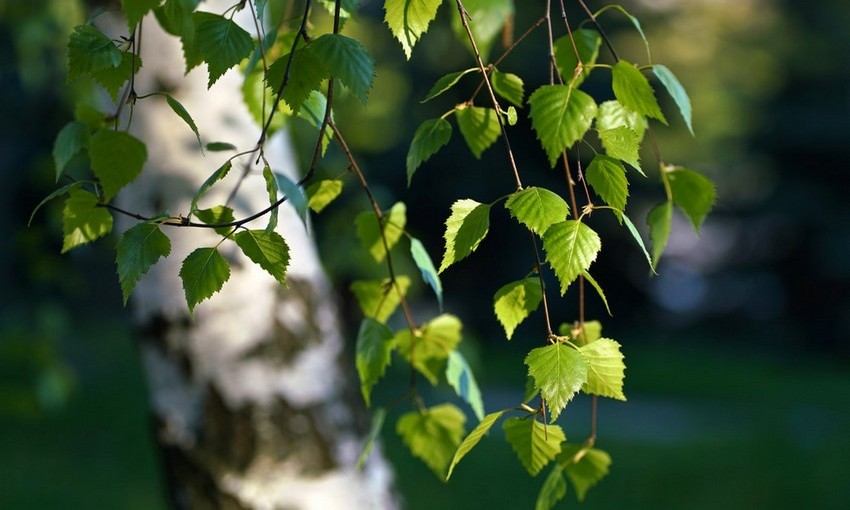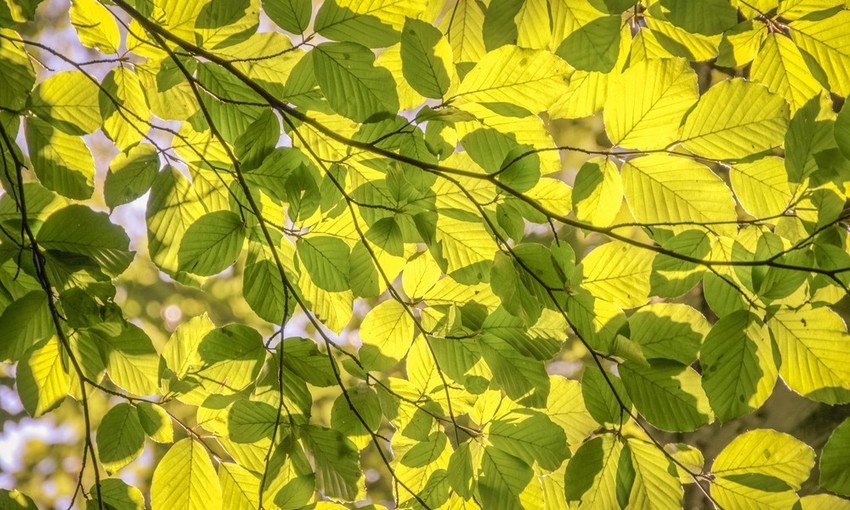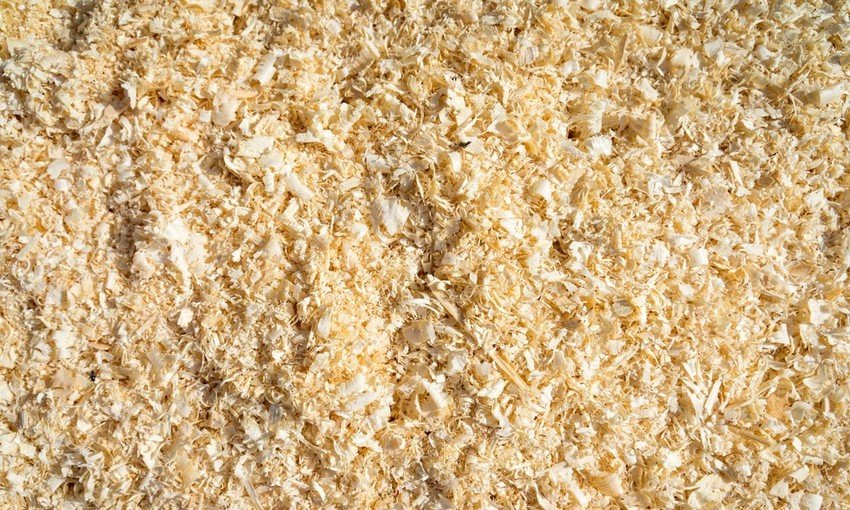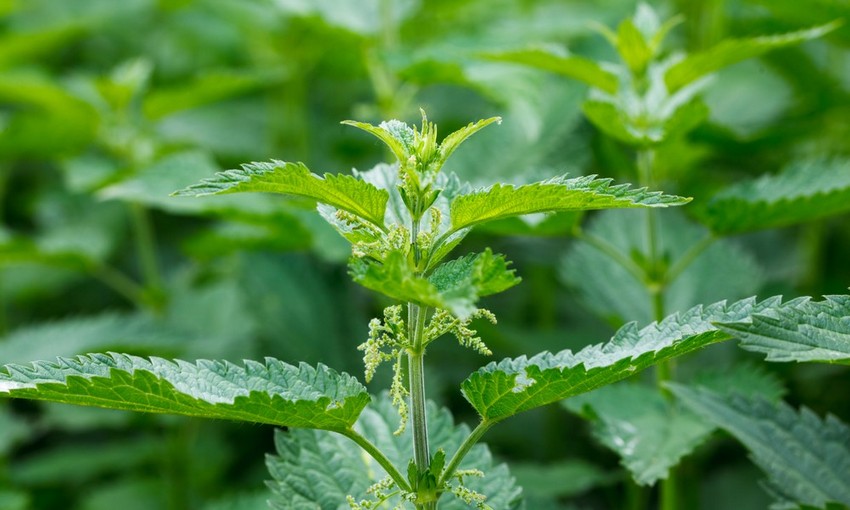Contents:
- What belongs to this type of feed?
- What can be found in the forest?
- Types of dry feed
- Fresh feed and additives
- Other types of alternative feed
Many factors lead to poor health, poor constitution, and improper metabolism in livestock on farms and livestock farms. In particular, these include the residence of various animals in one small area, a rare walk outside or its complete absence. In such cases, much attention is paid to proper nutrition and saturation of the food supply with important elements. Farmers can use the aid of inexpensive and effective alternative feeds.
What belongs to this type of feed?
Not always well-known and most popular variants of forage crops are able to meet the needs of livestock in trace elements and increase productivity. An excellent solution is the use and harvesting of different plants. These include:
- Liquid additives represented by squeezes, infusions, concentrates, algae;
- Succulent needles and leaves, branches, forest silo;
- Dry - hay, brooms, vitamin flour;
- Concentrated additives - grass seeds, fodder yeast, dried biomass of larvae of flies.
They are rich in vitamins, proteins, fats, minerals, amino acids and other elements that affect the performance and well-being of animals. There are many methods for growing, collecting and storing such products - all are widely known and used for many years, do not require significant costs. Their use is equally relevant in case of a deficiency of ordinary forage crops.
What can be found in the forest?
First of all, it is various woody greens, which are an excellent vitamin and nutritional supplement that allows you to make natural juices and infusions. The most common are juniper, spruce, pine. Lapnik is poured with hot or cold water and insisted during the day. The resulting compounds have excellent antibacterial action, are useful for digestion.
Also in the forest, there is an extensive selection of various juicy and fresh, branches. These include foliage from trees and shrubs, which can replace up to 20-30% of roughage, acts as a source of biologically active substances. Before use, carefully chop. Needles are also harvested, but in the winter, unlike hardwood.
To preserve the branches, silage and silting are used. During this process, feeds acquire organoleptic properties, which affects its eatability. They are supplemented with sugars and urea. Fallen leaves are also used, and they contain an impressive amount of fat.
Types of dry feed
- Wood hay is a branch material, dried greens. They have a lot of minerals, and are have increased nutritional value;
- Sawdust - used in fresh and processed form, but suitable only for feeding ruminants. Involved to normalize the scar, reduce the incidence of paraketarosis. Value is added by various types of processing;
- Coniferous flour - it contains a large amount of carotene, vitamin C;
- Waste paper - contains 90% of cellulose, useful for digestion. It is used in the crushed and dried state, in the form of small lumps.
Fresh feed and additives
- Algae - these include two varieties of duckweed. They contain proteins, vitamins, mineral salts. It is used for feeding pigs and poultry;
- Common orache is an additional feed source. It has a high content of carotene, ascorbic acid, fiber, betaine;
- Nettle - has an impressive value. Serves to increase milk yield, weight gain in livestock, in birds - egg production;
- Sosnovsky's hogweed is a high-yielding plant, the tops of which are harvested before flowering and added when feeding livestock. But the collection must be made in special suits since it is dangerous to humans. Involved for fattening animals;
- Amaranth - it contains a lot of protein, fats, amino acids lysine. Unpretentious in cultivation, does not require serious costs;
- Rapeseed is very often used as a feed or supplement due to its excellent nutritional properties. Especially their content is great in seeds;
- Girasol - tubers and leaf parts are used. Acts as a complete fodder culture for animals. Foliage is cut twice a year - in spring and autumn.
Иные варианты нетрадиционных кормов
В частности представлены жидкими добавками, к которым относится одноклеточные водоросли – спирулина, дюналиелла и хлорелла. Они выращиваются в водоемах или на подготовленных площадях, обустраиваемые даже на небольших участках. Биомасса быстро разрастается и восполняется. Жидкость спаивают животным уже на шестой день с начала разведения, когда в ней содержится максимальное количество витаминов и биоактивных веществ.
При помощи нетрадиционных видов кормов можно значительно разнообразить кормовой рацион скота, улучшить самочувствие и здоровье, повысить продуктивность. Большой выбор растений, относительная легкость их сбора и получения дают возможность задействовать его как на небольших, так и в крупных животноводческих хозяйствах и фермах.









